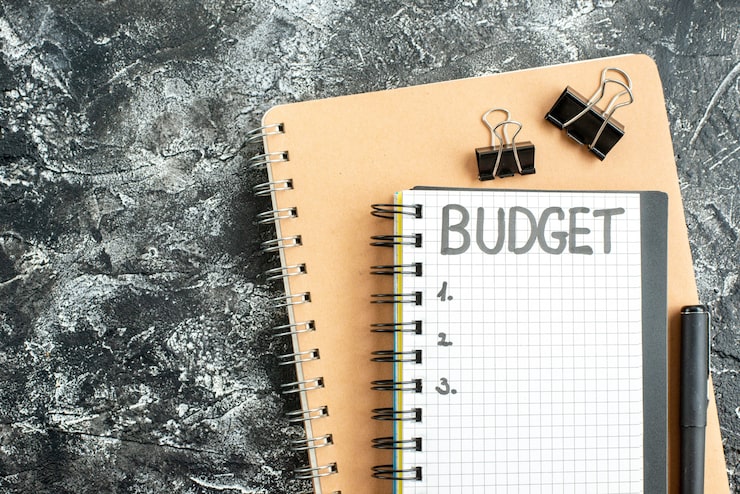
You know you need a budget, right? If you don’t know where to start, drawing a money map is a simple, useful way to get there.
A money map lays out your income and expenses, with your accounts connecting everything. You tailor the map to your goals—paying down debt, saving for retirement, whatever—and use it to spot areas to improve, accounts to merge, and so on. Once the pieces are on the map (PowerPoint, Visio, or crayons on paper), you can jump into Excel and go to town with cells and formulas. (Yes, spreadsheet nerds unite.)
But before getting lost in numbers, focus on the art—and science—of mapping your money.
My map is a top-down view that helps me find “leaks” in my plan. Am I spending too much on dining out or bike gear? How am I managing my tax bill? I also show a couple of categories—home maintenance and student loans—that are drains on cash but also give value over time. They sit in that gray area.
I also have some “halo” money flowing upward to charity, travel, and 529 accounts. Those won’t show up on your retirement balance sheet, but they’re investments in people and experiences. Don’t dismiss them as just expenses, or you may regret it later.
If you want to avoid ending up in the Cubicle of Despair, start by drawing your own money map.
1) Get inspired—make a fun one like mine or a more detailed version like the money map Jim Wang shared at Wallet Hacks.
2) Use PowerPoint, Visio, paper, or a whiteboard—whatever works.
Maybe seeing all your bills and expenses in one place will be a wake-up call to better habits. Or maybe you’ll realize you already have a handle on your inflows and outflows. If so:
3) Put your Money Map somewhere you’ll see it—frame it, or set it as your laptop background.
4) Keep it simple. Start with the biggest items (mortgage, student loans, car payments) and build from there.
5) Don’t spend on things that don’t bring you real joy beyond basic needs. Say no to cable. Say no to a new truck or sports car if it doesn’t fit your goals. If you have a lot of debt, live small and chip away.
Enjoy life, but avoid buying it on credit. That only adds stress and makes money worries worse.
I’ve always been a spreadsheet person—long before I “figured out money,” I kept my finances neatly organized in columns and cells. When I think about those old cable packages and home-delivery dry-cleaning bills, I still get a little heartburn and reach for the Alka-Seltzer.
